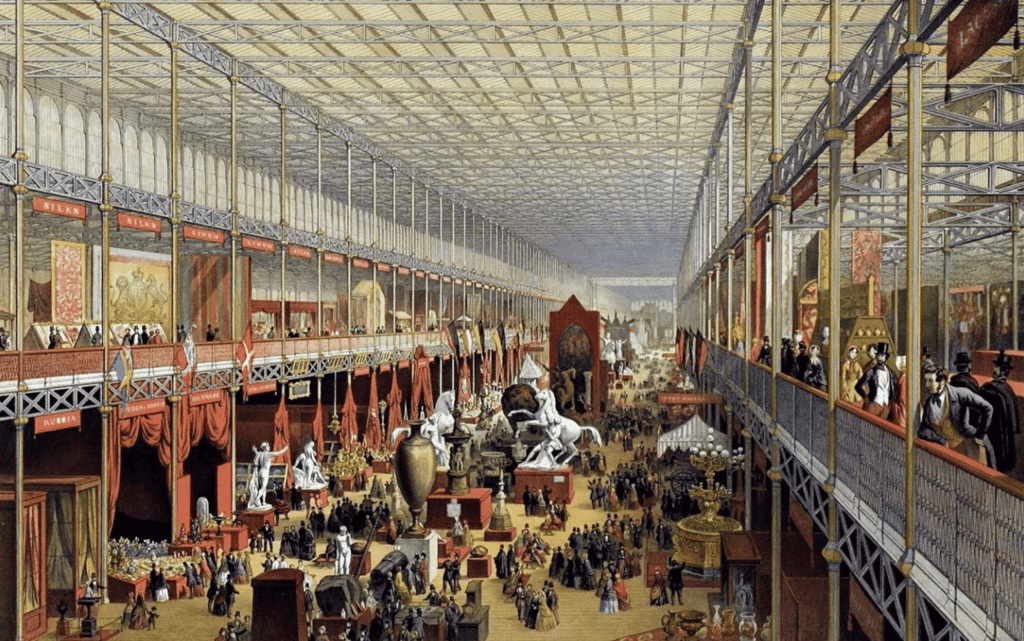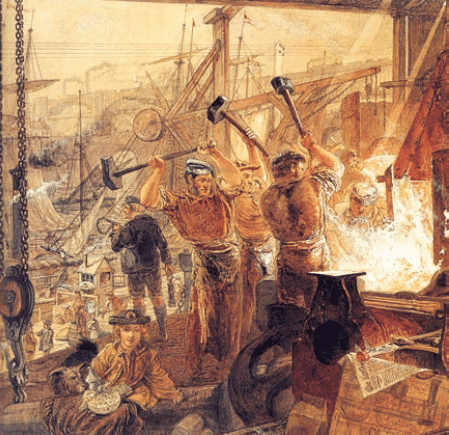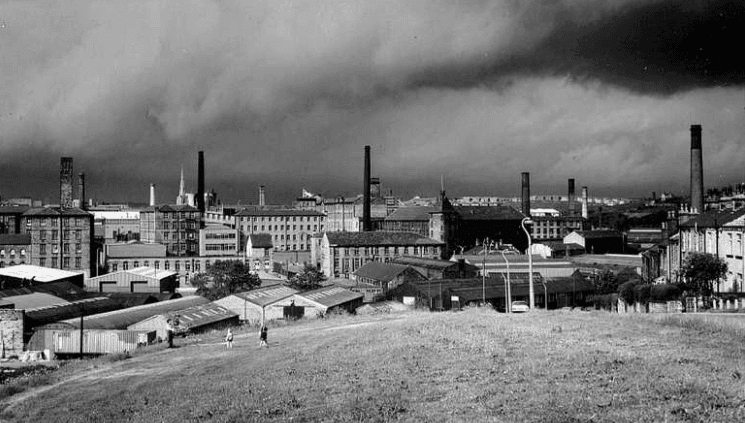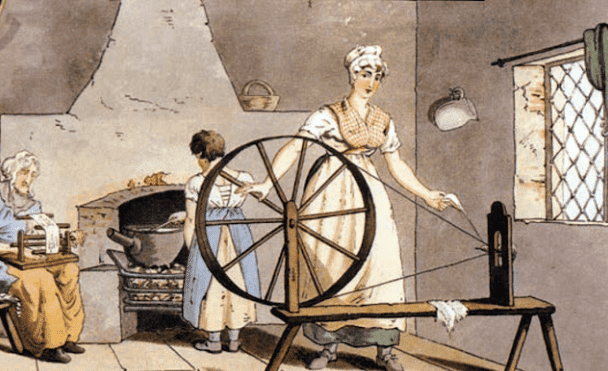Mnemonics: The Age of Industrialisation | Social Studies (SST) Class 10 PDF Download
1. Proto-Industrialisation (Before Factories)
Mnemonic: "MERCHANT"
Interpretations:
M – Merchants provided money to peasants
E – Expansion of world trade increased demand
R – Restrictions in towns led merchants to countryside
C – Controlled production through rural workers
H – Home-based work involved entire families
A – Artisans and peasants got extra income
N – Network of commercial exchanges grew
T – Textile production spread across villages
Explanation:
Merchants funded rural production, as Expanding world trade increased demand. Restrictions in towns forced them to move production to villages. Controlled networks connected Home-based artisans to global markets. Artisans earned extra income, forming a Network of suppliers. Textile and handicrafts thrived before factories took over. Proto-Industrialisation
Proto-Industrialisation
2. The Rise of Factories
Mnemonic: "COTTON"
Interpretations:
C – Cotton industry led the way
O – Output increased with technology
T – Thread spinning improved with new machines
T – Textiles became mass-produced
O – Overall efficiency increased in mills
N – New industrial towns emerged
Explanation:
Cotton mills were the first major factories. Output rose due to new machinery like the spinning jenny. Thread production improved, making Textiles more accessible. Overall, efficiency grew in these industries, leading to New industrial cities.
3. Life of Workers in Industrial Britain
Mnemonic: "HARDSHIP"
Interpretations:
H – High unemployment in cities
A – Arduous working conditions
R – Resistance to new machines
D – Decline in wages due to inflation
S – Seasonal work caused instability
H – Homelessness and poverty increased
I – Industrialists preferred hand labour
P – People relied on social networks for jobs
Explanation:
High job competition led to Arduous conditions. Resistance arose as machines threatened jobs. Declining wages and Seasonal employment made life unstable. Homelessness increased, and Industrialists still relied on hand-made goods. Personal networks helped in securing work. Life of Workers
Life of Workers
4. Industrialisation in Colonies (India)
Mnemonic: "TRADE"
Interpretations:
T – Textile trade shifted to British control
R – Raw materials extracted from India
A – Artisans faced unemployment
D – Demand for British goods rose
E – Economic dependency on Britain increased
Explanation:
Textile exports from India declined as Raw materials were extracted for British mills. Artisans suffered job losses due to Demand for British products. Economic control by the British deepened colonial exploitation.
5. Decline of Indian Textiles
Mnemonic: "LOST"
Interpretations:
L – Loss of traditional markets
O – Overseas competition increased
S – Shortage of raw materials
T – Tariffs favored British goods
Explanation:
Local weavers lost business as Overseas competition from British factories grew. Shortages of raw materials further impacted Indian textiles, while Tariffs ensured British dominance in trade.
 Indian Textile
Indian Textile
6. Growth of Indian Factories
Mnemonic: "MILLS"
Interpretations:
M – Mumbai’s first cotton mill (1854)
I – Indian entrepreneurs invested
L – Labour from nearby villages
L – Local industries grew during wars
S – Swadeshi movement boosted production
Explanation:
Mumbai’s cotton Industry emerged in 1854. Labour migrated from villages, and Local industries expanded during war shortages. Swadeshi-inspired boycotts further helped Indian manufacturing. Cotton Mills
Cotton Mills
7. The Peculiarities of Indian Industrial Growth
Mnemonic: "WARTIME"
Interpretations:
W – World War I boosted Indian production
A – Active replacement of British imports
R – Resistance to foreign dominance
T – Textile demand surged
I – Indian industries gained strength
M – Mills doubled their production
E – Export markets grew for Indian goods
Explanation:
War caused shortages, leading to Active replacement of British imports. Resistance movements pushed for local goods. Textile production soared, and Indian industries expanded. Mills grew, and Exports strengthened India’s market.
|
66 videos|614 docs|79 tests
|
















